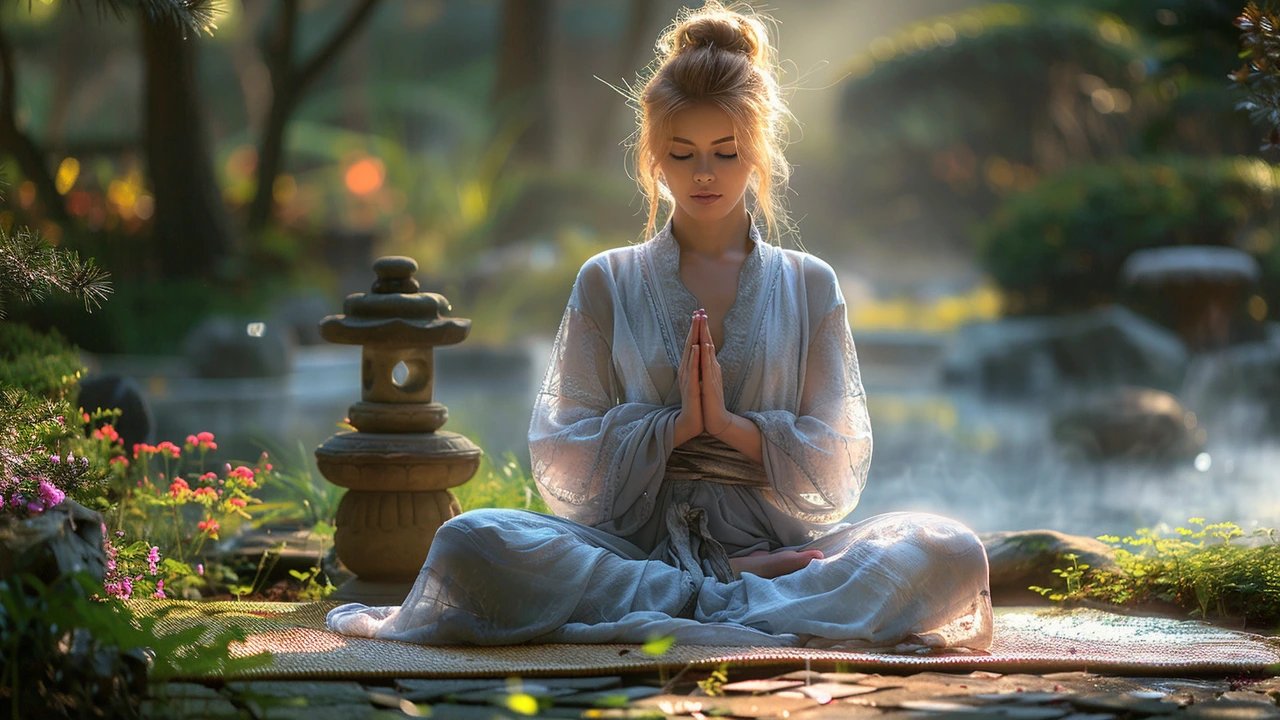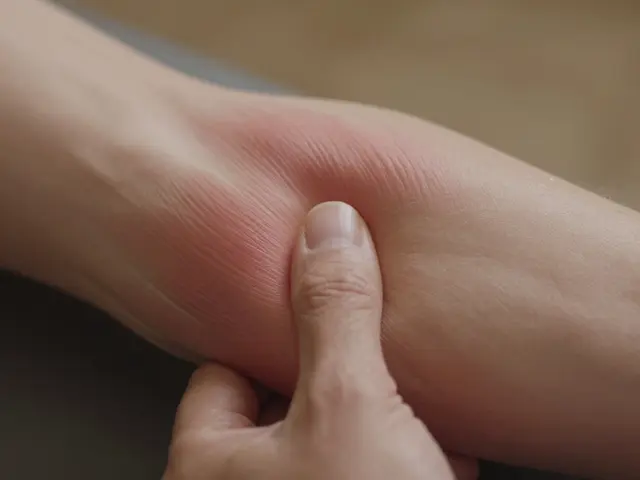Reiki: What It Is, What to Expect, and How to Try It Yourself
Reiki is an energy-based healing practice many people try for stress relief, better sleep, and less muscle tension. It’s hands-on or hands-above-the-body work where a practitioner uses touch and intention to help you relax and reset. If you’re curious but unsure what happens, this guide gives clear, practical steps so you can decide if Reiki fits your wellness routine.
What to expect in a Reiki session
A typical session lasts 45–90 minutes. You lie fully clothed on a massage table while the practitioner places their hands lightly on or just above key areas: head, chest, abdomen, knees. Some moments feel warm, tingly, or deeply relaxed; other times you just drift. It’s normal to feel emotional release, yawning, or sleepiness. Practitioners usually start with a short chat about your goals, and end by suggesting simple aftercare like sipping water and resting for a bit.
Reiki is gentle and noninvasive. It’s safe alongside medical care but not a substitute for diagnosis or treatment. If you have a serious medical condition, tell your practitioner. Ask about their training, years of practice, and whether they’re insured. A clear, calm treatment room and a practitioner who answers questions honestly are good signs.
Benefits people notice and how to choose a practitioner
People report feeling less anxious, sleeping better, and noticing lower tension after Reiki. Some find pain eases and moods lift for hours or days after a session. Results vary—some feel a big shift on the first visit, others need several sessions to notice steady change.
To pick a practitioner, look for basic things: a clear description of their training, client reviews or references, and a comfortable space. Ask how they work with people who are new to energy healing and whether they offer shorter introductory sessions. Trust matters: if someone rushes or gives big medical promises, walk away.
Want to try Reiki at home? You can start simple with a five-minute self-practice. Sit or lie down, place warm hands on your chest, breathe slowly for five breaths, then move hands to your belly for five more breaths. Stay curious about sensations but don’t force anything. Keep it short and gentle—consistency matters more than length.
After a session, hydrate and give yourself a quiet hour if you can. Note any changes in sleep, mood, or pain for a few days—this helps you track if Reiki is helping. If you like the effect, try a short session every week or every other week for a month, then reassess.
Reiki isn’t a cure-all, but it’s a low-risk tool for stress and relaxation that many people add to their self-care toolbox. Try one short session with a vetted practitioner and see how your body and mind respond.

Reiki: Journey to Inner Peace and Harmony
Reiki, a Japanese form of alternative medicine, involves the use of energy healing to promote balance and well-being. Practitioners believe that channeling positive energy through touch can encourage physical, emotional, and spiritual healing. This technique, rooted in natural energy flow, aims to reduce stress and support inner peace. It's gaining popularity globally as people seek natural ways to manage health and stress. Discover how Reiki might help you find a bit of tranquility in this busy world.

Reiki Healing Techniques for Your Beloved Pets
Discover the fascinating world of Reiki and its benefits for pets. Learn how this ancient form of energy healing can improve the well-being of your furry companions. With hands-on tips and techniques, this guide helps pet owners understand the process, recognize signs of improvement, and safely practice Reiki at home. Explore real-life experiences that showcase Reiki's profound impact on animal wellness.

Reiki: Unveiling a Natural Path to Chronic Pain Management
Reiki, an ancient Japanese healing technique, offers a holistic approach to managing chronic pain by channeling universal energy to promote relaxation and expedite the body's natural healing processes. Embracing this alternative therapy can provide relief for those struggling with persistent discomfort without relying heavily on medication. With a focus on the interplay of energy fields, Reiki aims to restore balance and enhance well-being. This article explores its principles, benefits, and how it compares to conventional pain management methods.

The Healing Power of Reiki: An In-Depth Guide
Reiki stands as a unique energy healing technique that promotes balance and wellness. It uses the practitioner’s hands to channel energy into the patient’s body. This ancient practice boasts various benefits from reducing stress to enhancing mental clarity. This article explores its history, benefits, techniques, and tips for practicing Reiki effectively.

Reiki Healing: A Comprehensive Guide to Self-Discovery and Inner Peace
Explore the ancient practice of Reiki, a transformative healing technique that promotes self-discovery and inner peace. This article delves into the origins of Reiki, its core principles, and the practical steps to incorporate it into your life. Discover how Reiki can help alleviate stress, enhance emotional well-being, and foster spiritual growth. Whether you're new to Reiki or looking to deepen your practice, this guide provides valuable insights and tips for harnessing its healing power.

Harnessing the Power of Reiki for Palliative Care: Integrative Approaches in Holistic Treatment
Exploring the unique role of Reiki in palliative care, this article delves into how Reiki, as a complementary therapy, can significantly contribute to the holistic treatment of patients undergoing palliative care. By focusing on energy healing, Reiki offers benefits such as pain management, stress reduction, and emotional healing, enhancing the quality of life for those in the final stages of their journey. This comprehensive analysis gives insights into the effectiveness, implementation strategies, and evolving perceptions regarding integrating Reiki into palliative care practices.
Categories
- Health and Wellness (148)
- Alternative Therapies (86)
- Massage Therapy (40)
- Travel and Culture (15)
- Beauty and Skincare (9)
- Holistic Health (8)
- Health and Fitness (5)
- Spirituality (5)
- Other (2)
- Personal Development (2)



